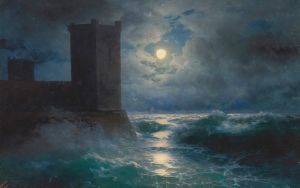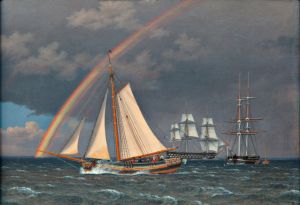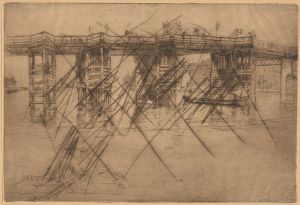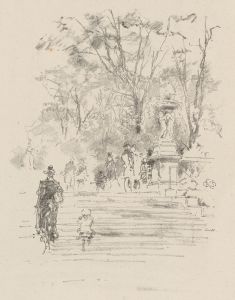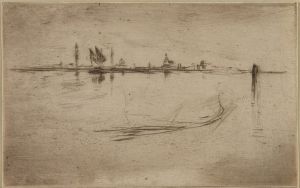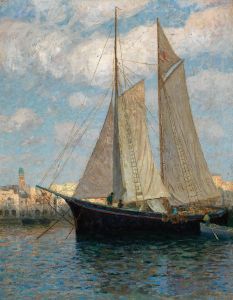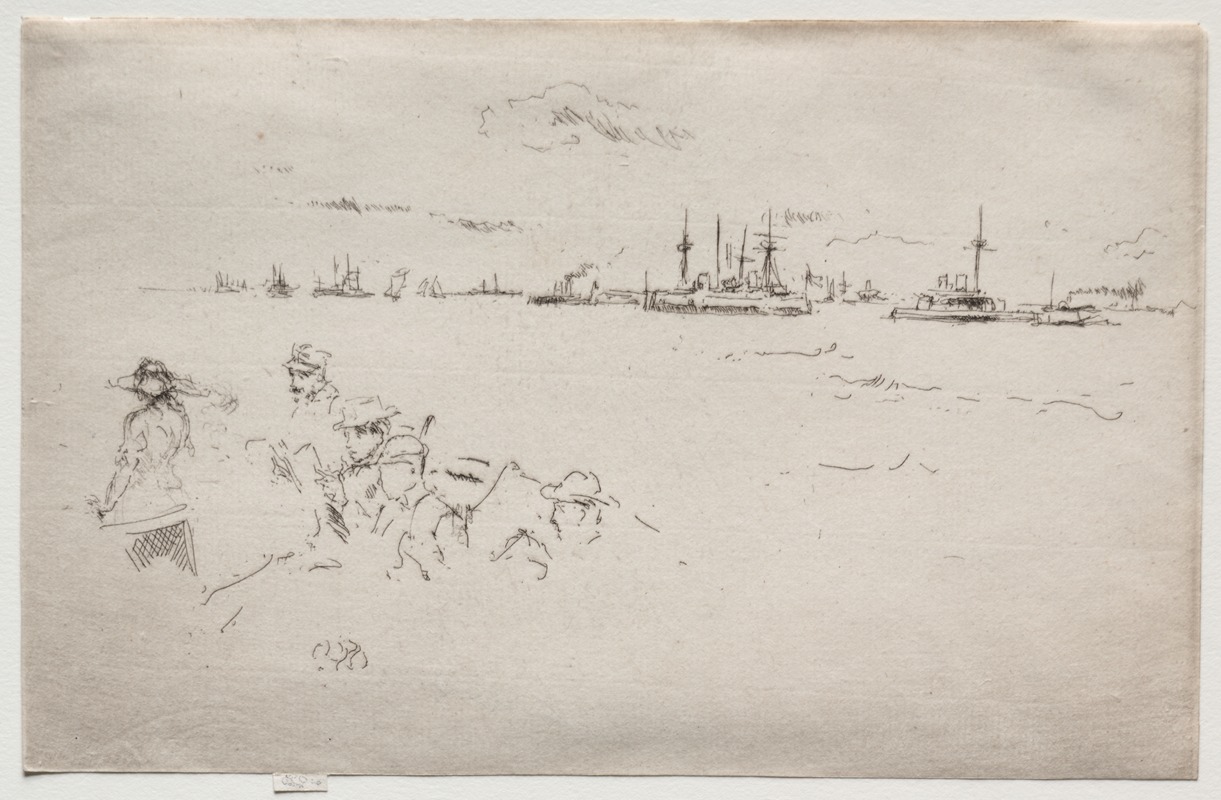
The Fleet; Monitors
A hand-painted replica of James Abbott McNeill Whistler’s masterpiece The Fleet; Monitors, meticulously crafted by professional artists to capture the true essence of the original. Each piece is created with museum-quality canvas and rare mineral pigments, carefully painted by experienced artists with delicate brushstrokes and rich, layered colors to perfectly recreate the texture of the original artwork. Unlike machine-printed reproductions, this hand-painted version brings the painting to life, infused with the artist’s emotions and skill in every stroke. Whether for personal collection or home decoration, it instantly elevates the artistic atmosphere of any space.
James Abbott McNeill Whistler was an American artist known for his significant contributions to the art world during the late 19th century. One of his works, "The Fleet; Monitors," is a painting that reflects his unique style and artistic philosophy. Whistler was a proponent of "art for art's sake," emphasizing the aesthetic experience over narrative content or moral messages.
"The Fleet; Monitors" is part of Whistler's series of maritime paintings, which often depicted naval subjects and seascapes. Whistler had a keen interest in the sea, which was likely influenced by his time spent in coastal areas and his travels. His maritime works are characterized by their atmospheric qualities and subtle use of color, capturing the essence of the sea and sky.
In "The Fleet; Monitors," Whistler employs a muted palette, a hallmark of his style, to create a harmonious composition. The painting likely features naval vessels known as monitors, which were a type of ironclad warship used during the American Civil War. These ships were characterized by their low profile and revolving gun turrets, and they played a significant role in naval warfare during that period. Whistler's depiction of these ships would have been informed by his interest in modern technology and industrial advancements.
Whistler's technique in this painting, as in many of his works, involves a delicate balance of form and color. He often used thin layers of paint to achieve a sense of depth and luminosity, allowing the viewer to experience the scene in a more immersive way. His approach to composition was influenced by Japanese art, which he greatly admired, and this is reflected in the simplicity and elegance of his work.
The painting is also notable for its lack of detailed narrative, which aligns with Whistler's belief that art should not be burdened with storytelling. Instead, he focused on creating a visual experience that evokes emotion and contemplation. This approach was somewhat controversial at the time, as many artists and critics believed that art should convey a clear message or story.
Whistler's work, including "The Fleet; Monitors," had a lasting impact on the art world, influencing the development of modern art movements such as Impressionism and Symbolism. His emphasis on mood and atmosphere, as well as his innovative use of color and composition, helped pave the way for future artists to explore new artistic expressions.
While specific details about "The Fleet; Monitors" may be limited, the painting remains an important example of Whistler's contribution to the art world. It reflects his mastery of technique and his commitment to creating art that transcends traditional boundaries, inviting viewers to appreciate the beauty and complexity of the visual experience.








